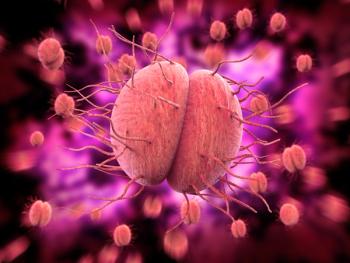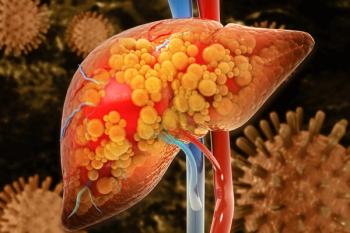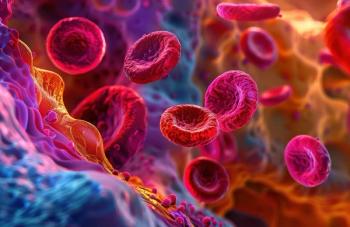
Addressing Low Vitamin D Levels May Reduce Risk of Peripheral Neuropathy in MM
Researchers found that low levels of vitamin D and the prevalence of peripheral neuropathy were common in patients with multiple myeloma, suggesting that addressing the former could help prevent the latter.
Low levels of vitamin D were associated with increased peripheral neuropathy (PN) and were common among patients with
The results from a multi-center cohort study,
“The current study emphasizes the need for adequate reporting of PN, especially in the early stage of treatment where the occurrence of PN seems to be higher….Patient-reported outcomes are a feasible and reliable option that enables the detection of symptoms that are missed by the treating
Patients receiving
Adjusting Vitamin D levels is one possible approach that could prevent PN and has demonstrated a role in bone mineralization, inhibition of cancer cell proliferation, and insulin resistance. Studies have shown that patients with breast cancer treated with paclitaxel who have treatment-induced PN have significantly lower vitamin D levels compared to those without PN.
Researchers suggested that vitamin D deficiency and PN could be related to nerve growth factor depletion. Vitamin D is known to be linked with protecting nerve cells from reactive oxygen species and decreasing inflammation, suggest vitamin D could prevent PN. However, past studies lacked validated questionnaires designed to measure PN in MM and patients with smoldering MM were often excluded.
To determine the association between vitamin D serum levels and PN in 120 patients with MM, the researchers included adult patients with smoldering or active MM who were being treated at the Medical Centre Leeuwarden or Deventer Hospital in the Netherlands. Blood samples were collected, and patients were given a questionnaire to distinguish PN grade. The mean (SD) age of the cohort was 68 (7.7) years and 58% were men.
The median level of vitamin D for the whole cohort was 50 nmol/L. Seventeen patients were classified as seriously deficient, 43 were categorized as deficient, 41 were said to have insufficient levels, and 19 had adequate levels. Overall, 83 (69%) had PN, and 2 of the 15 of those with smoldering MM had PN. These patients also had deficient levels of vitamin D. Increasing vitamin D levels was associated with decreasing PN (P = .035).
“Both smoldering patients with PN in our study had deficient vitamin D levels, did not receive anti-myeloma treatment, and did not have any known PN-inducing comorbidities. Exposure to adequate vitamin D levels might prevent PN, especially since these patients are generally not treated with neurotoxic anti-myeloma therapy,” the authors noted.
Additionally, PN was measured more frequently in the study compared with observations described in health records filed by treating hematologists, suggesting that PN is severely underreported in regular clinical settings.
The study had some limitations, included the mostly White cohort, the inclusion of patients regardless of disease stage or treatment, and that vitamin D supplementation may have been a proxy for the earlier existence or worsening of PN.
“Further research on causality is needed to fully understand the implications of vitamin D in the development of PN, especially in the earlier stage of MM treatment,” the investigators wrote.
Reference
Oortgiesen BE, Kroes JA, Scholtens P, et al. High prevalence of peripheral neuropathy in multiple myeloma patients and the impact of vitamin D levels, a cross‐sectional study. Support Care Cancer. January 2022;30:271-278. doi: 10.1007/s00520-021-06414-3
Newsletter
Stay ahead of policy, cost, and value—subscribe to AJMC for expert insights at the intersection of clinical care and health economics.












































